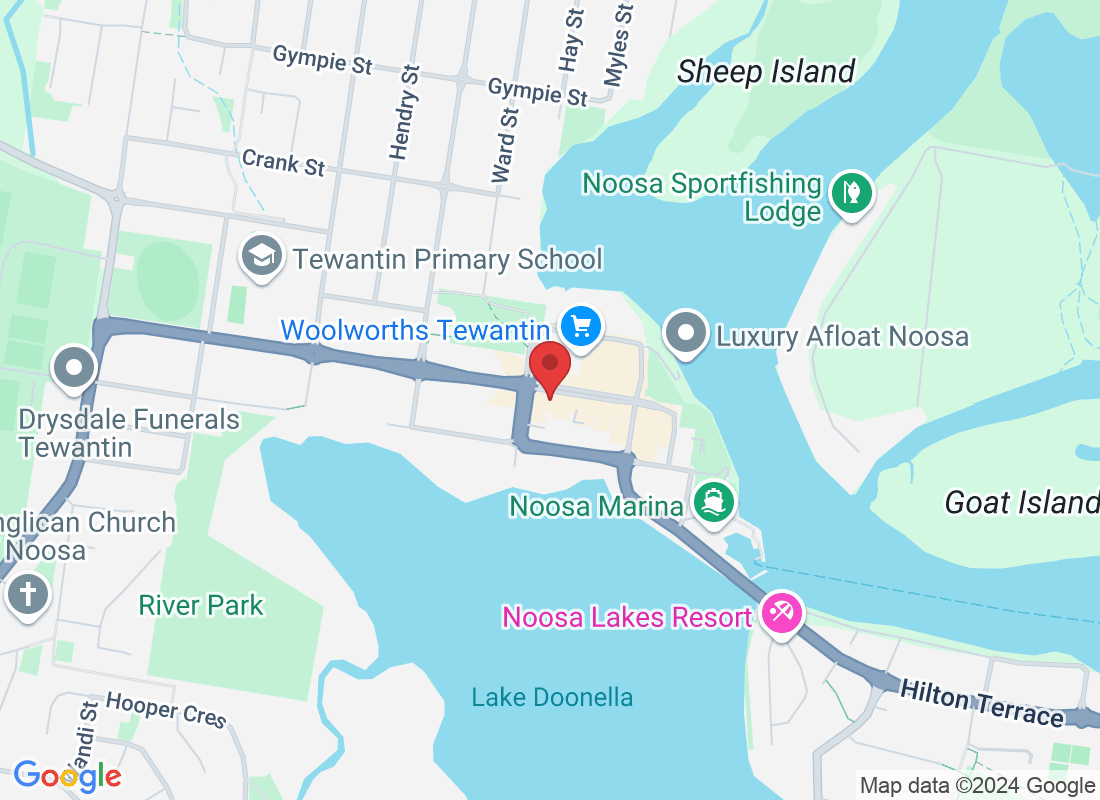
Understanding Shoulder Impingement: Causes, Symptoms, and Advanced Treatment Options
Shoulder impingement is one of the most common causes of shoulder pain, yet it’s often misunderstood. If you’ve experienced discomfort while lifting your arm, reaching overhead, or even during everyday tasks, shoulder impingement could be the culprit. This condition can interfere with daily life and physical activities, but the right approach to treatment can make a significant difference.
What Is Shoulder Impingement?
Shoulder impingement occurs when the tendons or bursa (a fluid-filled sac that reduces friction) in the shoulder become compressed between the bones of the shoulder joint. This can lead to irritation, inflammation, and pain.
The shoulder joint is complex, allowing for a wide range of movement. However, this mobility comes with a trade-off: it relies on the surrounding muscles and tendons for stability. When something disrupts this balance—whether through repetitive movements, poor posture, or an injury—it can lead to impingement.
Common Causes of Shoulder Impingement
Several factors can contribute to shoulder impingement, including:
Overuse or Repetitive Movements
Activities involving frequent overhead motions, such as swimming, tennis, or construction work, can irritate the tendons and bursa.
Poor Posture
Slouching or rounding the shoulders can narrow the space in the shoulder joint, increasing the likelihood of impingement.
Weakness or Imbalance in the Shoulder Muscles
When the rotator cuff and surrounding muscles aren’t working together effectively, it can lead to improper movement patterns, causing compression.
Age-Related Changes
As we age, the tendons in the shoulder may degenerate, making them more prone to irritation and inflammation.
Injury or Trauma
A previous injury, such as a fall or direct blow to the shoulder, can disrupt the joint's mechanics and lead to impingement.
Symptoms of Shoulder Impingement
Shoulder impingement can cause a variety of symptoms, including:
Pain when lifting the arm, especially above shoulder height
Difficulty reaching behind the back
Weakness in the shoulder
A clicking or catching sensation in the joint
Pain that worsens at night or after physical activity
If left unaddressed, shoulder impingement can lead to more severe issues, such as rotator cuff tears or chronic inflammation.
Advanced Physiotherapy Treatment Options
At Tewantin Physiotherapy, we use a comprehensive approach to address shoulder impingement, focusing on reducing pain, restoring movement, and preventing recurrence. Here are some advanced techniques and strategies:
1. Thorough Assessment and Diagnosis
The first step is understanding the root cause of the impingement. A detailed assessment of your movement, strength, and posture helps identify contributing factors and guides treatment.
2. Manual Therapy Techniques
Hands-on techniques, such as joint mobilization and soft tissue release, can help reduce pain, improve mobility, and address muscle tightness or restrictions around the shoulder joint.
3. Targeted Exercises
Strengthening the rotator cuff and surrounding muscles is crucial for stabilizing the shoulder joint. Exercises also focus on improving flexibility and correcting movement patterns to reduce strain on the tendons and bursa.
4. Postural Training
Addressing posture is a key component of treatment. By retraining how the shoulder and upper body align during movement, we help create more space in the joint and reduce the risk of compression.
5. Taping or Bracing
In some cases, taping can provide temporary support and reduce strain on the affected area, allowing for better movement and recovery.
6. Education and Activity Modification
Understanding which activities may aggravate the condition and how to adjust them can help manage symptoms while promoting healing.
7. Collaborative Care
If necessary, we can refer for imaging or additional support, ensuring a well-rounded approach to treatment.
Why Addressing Shoulder Impingement Matters
Shoulder impingement doesn’t have to disrupt your life. Addressing the condition early not only relieves pain but also prevents further complications. With the right strategies and support, you can regain full mobility, strength, and confidence in your shoulder’s performance.
If you’re experiencing shoulder pain or discomfort, don’t wait for it to worsen. At Tewantin Physiotherapy, we’re here to help you move better and feel stronger.
Ready to take the first step toward relief? Contact us today to schedule an appointment and start your recovery journey.



